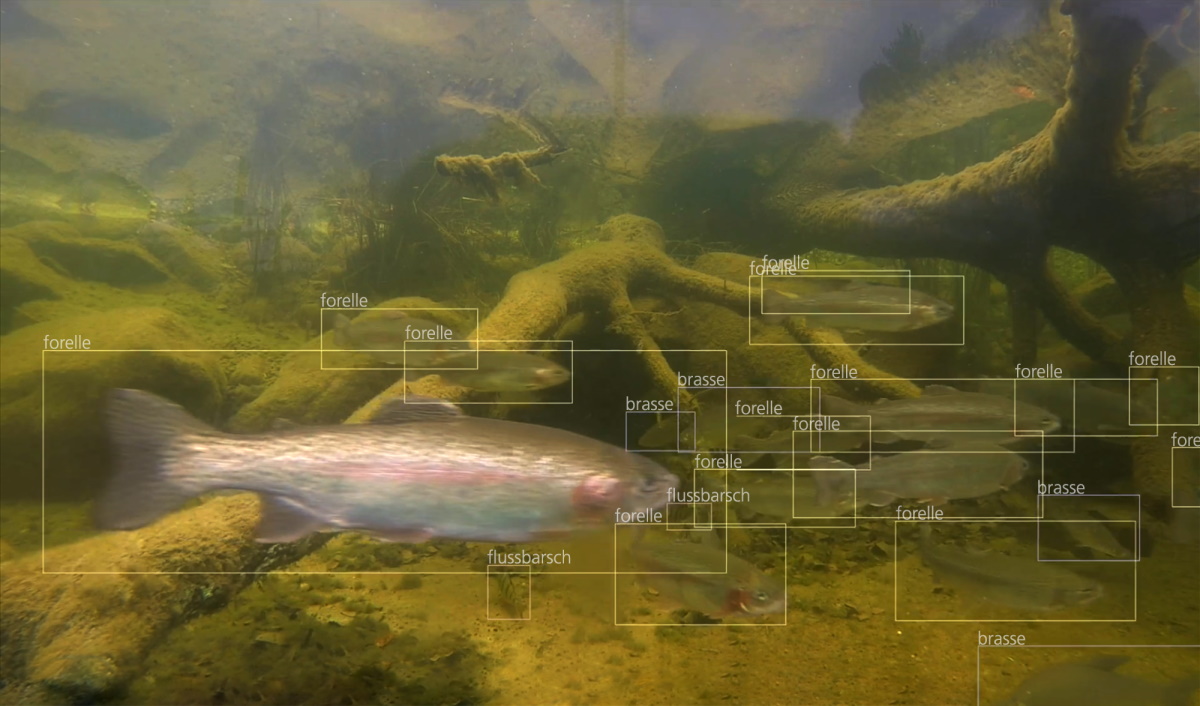Creating paths for the sea trout
Every day countless fish die in the rivers because their natural swimming paths are blocked. This also applies to the now endangered sea trout. The Fraunhofer Institute for Computer Graphics Research IGD wants to use methods of artificial intelligence to understand the spawning migration of sea trout even better - and thus create the basis for suitable measures to protect them.

The up to one meter long sea trout lives on the European coasts of the Atlantic, North and Baltic Sea. In the winter, it leaves the cold saltwater for spawning and fights its way upstream in freshwater regions in order to dig holes in the gravelly underground and lay its eggs. Afterwards, it returns again into the sea. In many running waters of Central Europe, however, hydroelectric power stations and backwater obstruct the natural migration paths of the sea trout. Even though fish ladders have already been built in many places, many animals still get stuck in the turbines of hydroelectric power plants, for example. Many environmental activists are aware that something must be done to prevent the sea trout from dying out.
An important prerequisite for this is to gain more knowledge about the spawning migration of sea trout. To this end, scientists at the Fraunhofer Institute for Computer Graphics Research IGD in Rostock have developed an AI system that simplifies the counting of sea trout by evaluating image sequences from underwater cameras. To this end, a neural network with underwater video recordings was first trained to distinguish the sea trout from leaves and other fish swimming past. Methods of deep learning were used for this purpose.
Fast counting of fish with AI
The AI system developed by Fraunhofer IGD has been in use in Mecklenburg-Vorpommern since 2018. The state government there has commissioned the private Institute for Fish and Environment in Rostock with a scientific counting of sea trout. So far, bottlenecks in rivers have been installed for this purpose. The trout had to pass these and were monitored by cameras. However, the manual evaluation of the recordings was very time-consuming and took about three months. With the AI system developed by the Fraunhofer IGD, the specialists of the Institute for Fish and Environment need only five days for this. Another advantage: Instead of investigating only five to six rivers for the occurrence of sea trout, as was previously the case, it can now be observed over a wide area in large parts of Northern Germany.
Artificial intelligence thus makes an important contribution to nature and species conservation.
Application facts
Image Recognition and Understanding
Construction and Infrastructure
Energy and Environment
Administration and Security
- Miscellaneous
Fraunhofer-Institut für Graphische Datenverarbeitung IGD
University/Research Institution
Website
FIUM GmbH & Co. KG
